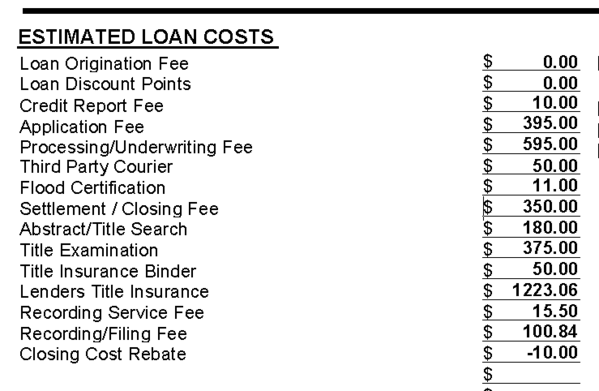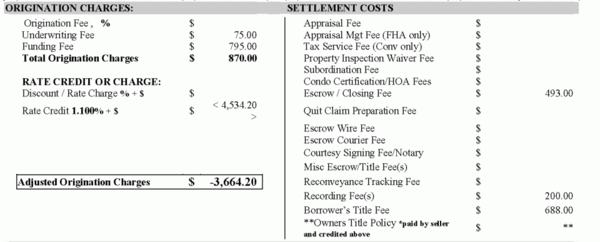About three years ago, I helped a couple buy their first home. They were my first clients to lock in at 4.500%. I remember sitting across the table from them at a coffee shop in West Seattle and telling them that they would probably never need my services again since their rate was so low. I was wrong.
We are refinancing their mortgage of $359,000 into another 30 year fixed rate at 3.375% (apr 3.544) with net closing cost of $1145. They are reducing their monthly mortgage payment by $418! That’s a significant amount of savings to put back into their household to pay off revolving debt, build savings or retirement or help fund a college account.
They could even take that $418 and apply it towards additional principal, making the same payment they have been for the past three years while whittling seven years off of their new mortgage. This would save them $67,000 over the life of the loan.
My point is that mortgage rates are extremely low. Even if your current rate is 4.5%, it may very well make sense to refinance.
If your home is located in Washington state and you would like me to provide you with a written rate quote, click here.















Recent Comments